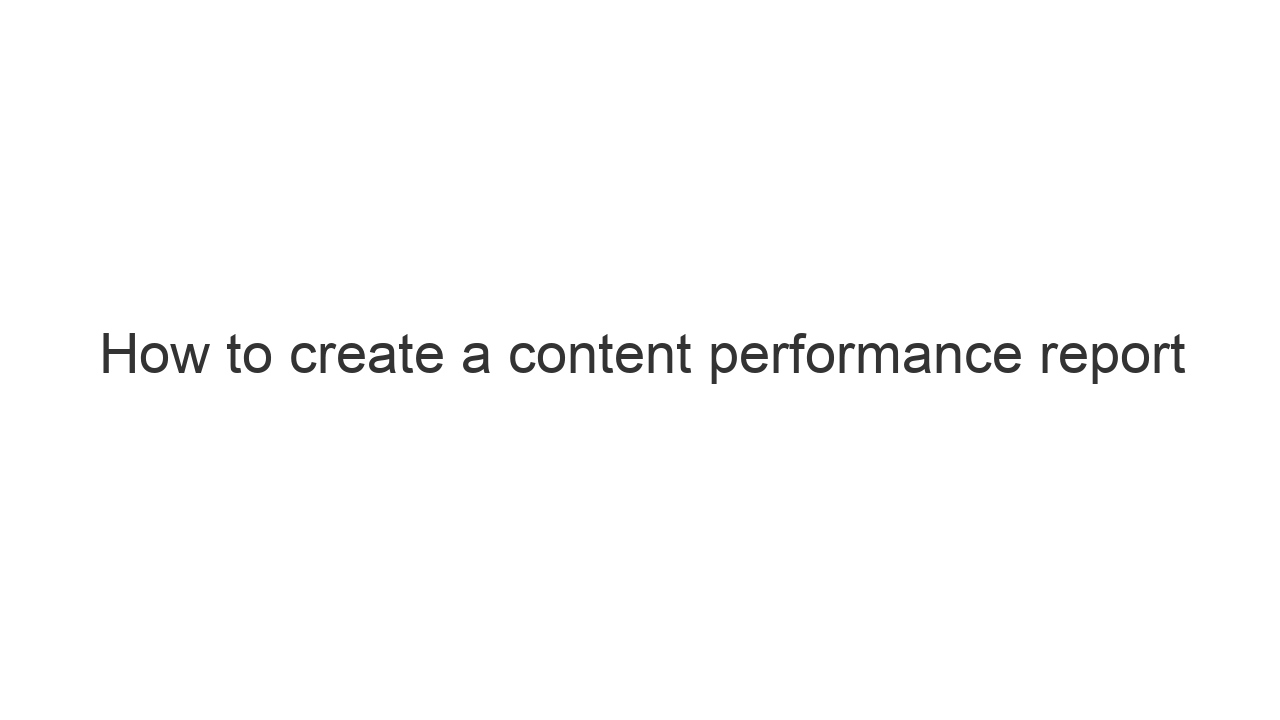The best place to start is with the objective, what are you trying to achieve by doing content. Then you want to include a screenshot of your content. The dates that you are analyzing.
Then log into your analytics, to get a summary of performance. Metrics you might want to look at:
- Reach, how many people are we getting in front of
- Attention, how long people are engaging for each click.
- Average Scroll, how are customers consuming the page and content.
- Engagement rate, what customers do on the page, and if they click out, to makea purchase, or sign up to webinar etc.
- Conversion rate, rate at which people take the desired action.
- Bounce rate, are people staying.
Then analyze your content, based on these performance metrics. Are these good/bad, how could they be improved. How has it performed against other pieces of content, or your benchmarks. What are the learnings or observations. If you have an internal scorecard, compare it against those.
When looking at the return on investment, maybe pull in the spend on the piece of content, or the spend on distribution. To summarize, what you got for the investment.
Nudge makes this whole process a lot easier, with the ability to share links of a summary of a piece of contents performance. And automated insights on the insights tab.
Nudge enables you to get customer insights with ease, diving straight into how customers are engaging, what they’re paying attention to, where they’re coming from, on what devices. And then it makes analysts jobs easier by synthesizing the data into insights, so you can get from insight to action faster.
You general template should look like:
- Reiterate the objective
- The dates of analysis
- Screenshot of content
- Summary of performance
- Identify any learnings/observations
- Recommendations for next time
That is how you complete a content performance analysis.

|
|---|



